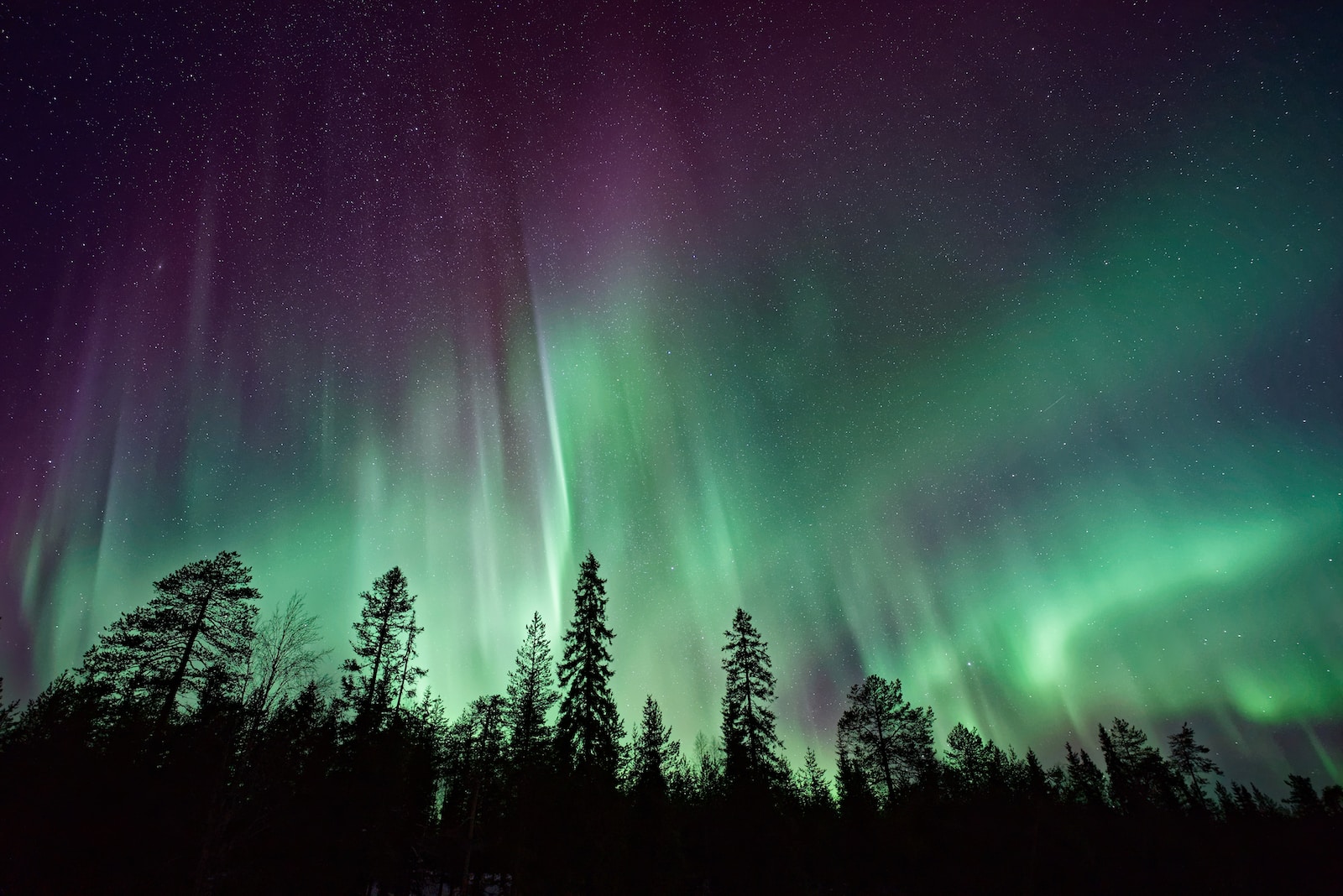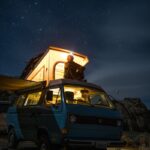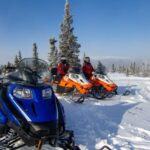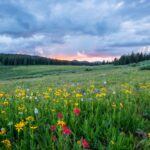The Northern Lights, or Aurora Borealis, is one of the most breathtaking natural phenomena. A colorful display of lights that illuminates the night sky, the Aurora Borealis is a sight to behold. Many people dream of seeing this magical display of lights in person. If you’re one of them, keep reading for a beginner’s guide to the Aurora Borealis, tips on chasing the Northern Lights, and advice on how to capture the perfect moment with your camera.
The Magic of Aurora Borealis: A Beginner’s Guide
The Aurora Borealis occurs when charged particles from the sun collide with particles in the Earth’s atmosphere. This causes a visual display of lights that can range from green to pink to purple. The best time to view the Northern Lights is during the winter months in the Northern Hemisphere, from November to March. The best places to see the Aurora Borealis are in northern countries such as Sweden, Norway, Finland, Iceland, and Canada.
When you’re looking for a spot to view the Aurora Borealis, it’s important to find a location with clear skies and minimal light pollution. This means getting away from cities and finding a spot with a clear view of the horizon. Additionally, it’s best to view the Northern Lights on a night with a high level of solar activity. You can check the forecast for the Aurora Borealis online or through an app.
Unleash Your Inner Explorer: Tips for Chasing Northern Lights
Chasing the Northern Lights can be an adventure in itself. It’s important to come prepared for the cold weather, as viewing the Aurora Borealis often involves standing outside for extended periods of time. Dress in layers, wear a warm hat and gloves, and bring a thermos of hot cocoa or tea to keep warm.
It’s also helpful to have a plan in place for your Aurora Borealis adventure. Research the best places to view the Northern Lights, and plan your trip accordingly. Consider booking a tour with a local guide who can take you to the best spots and provide insight into the Aurora Borealis.
Capturing the Perfect Moment: Photographing the Aurora Borealis
Photographing the Aurora Borealis can be a challenge, but with the right equipment and techniques, you can capture stunning images of this natural wonder. Use a camera with manual settings, such as a DSLR, and bring a tripod to keep your camera steady. Use a wide-angle lens to capture as much of the night sky as possible.
When taking photos of the Aurora Borealis, it’s important to adjust your camera settings to accommodate for the low light. Use a high ISO, a slow shutter speed, and a wide aperture to let in as much light as possible. Experiment with different settings to find the perfect balance.
The Aurora Borealis is a magical display of lights that is truly unforgettable. With these tips, you’ll be ready to chase the Northern Lights and capture stunning photos of this natural wonder. Whether you’re an experienced photographer or a novice adventurer, seeing the Aurora Borealis in person is an experience you won’t want to miss.




